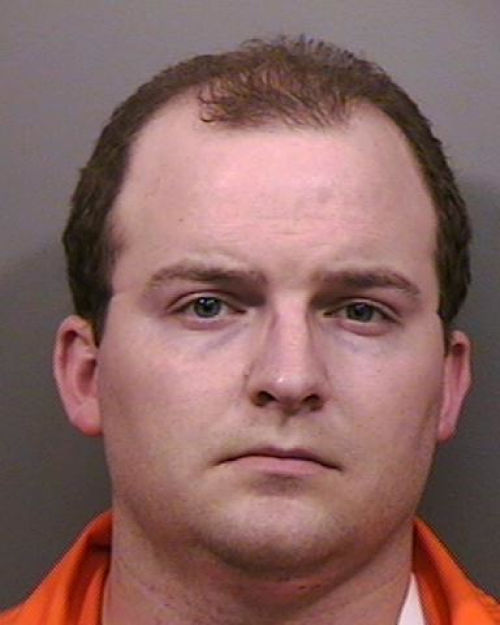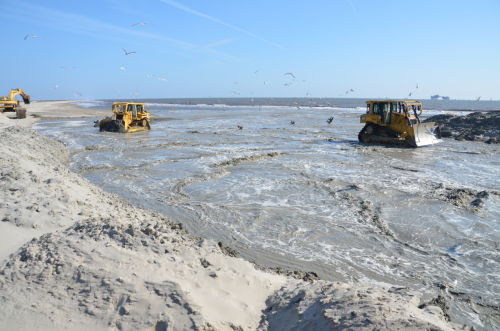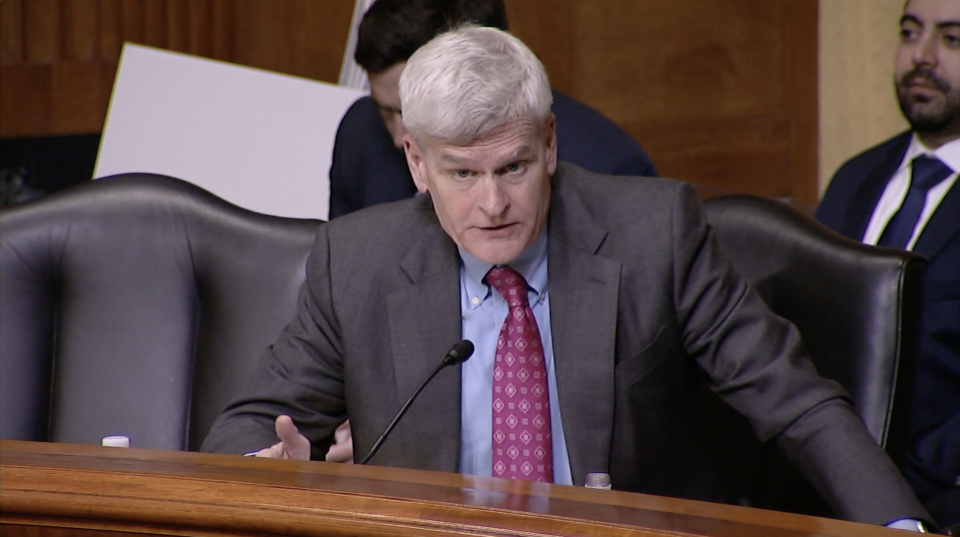
Attorney: Sanity never considered
April 8, 2014Lafourche tax renewals set for off-election ballot
April 8, 2014Nearly $144.6 million in oil-spill fines have been pledged to construct the second phase of the massive Caminada Headland restoration project, a storm buffer to the economic hub Port Fourchon and a border to the marsh-intensive Barataria Basin.
The infusion comes from the Gulf Environmental Benefit Fund, which manages criminal fines levied in federal settlements with BP and Transocean stemming from the 2010 Deepwater Horizon disaster. The announcement was made as the first phase of Caminada restoration nears its midpoint.
“Barrier shorelines like Caminada Headlands are vital to the overall protection and restoration of Louisiana’s threatened coast, while providing critical habitat for important fish and bird species,” said Jeff Trandahl, executive director of the National Fish and Wildlife Federation, which oversees the benefit fund.
Five million cubic yards of sand will be barged in from the submerged Ship Shoal and piped across the beach to create roughly 490 acres of beach and dune habitats at a 10-foot elevation. Construction, which will span 7.5 miles, is expected to begin this summer.
The first phase, which began last August, is utilizing 3.31 million cubic yards of sand to create and enhance 303 acres of beach and dune along a 6-mile stretch. To aid stabilization efforts, vegetation will be planted before construction is completed, anticipated in early 2015.
The state of Louisiana dedicated $30 million toward the first phase to buttress $40 million it directed from the federal Coastal Impact Assistance Program.
Caminada is the first project to use the sediment-rich source Ship Shoal for borrow material. Sand is dredged from the subsurface island and loaded into a barge. The barge then moves to West Belle Pass, and the material is piped onto the headlands.
The headland serves directly as a breaker to Port Fourchon, the southwestern portion of the Barataria Basin and La. Highway 1, the only road to and from the port and neighboring Grand Isle. Officials also say Caminada will become a natural source of sediment for Grand Isle as well as the Timbalier chain to the west.
It is a habitat for shorebirds, such as the endangered piping plover, and migratory species that use south Louisiana’s barrier lands as a layby amid changing seasons.
Caminada had eroded at a rapid pace, averaging between 35 and 45 feet per year, according to state estimates. Planted vegetation, as well as installed fencing, is planned in an attempt to stymy future erosion.
In conjunction with the state-funded phase, the Greater Lafourche Port Commission led a local effort to repair and elevate to 10 feet a one-mile stretch of the beach. Shell Oil Co., FEMA and a group of port-users added to the commission’s $1 million-plus contribution to fund the project, which used geotubes to create elevation.
“It’s the first-line of defense against storms and other tropical events,” said Chet Chaisson, the commission’s executive director. “It’s very important to Port Fourchon and all of the tenant businesses at the port and what that means to the economy to not only our region, but the state and the country.”
Port Fourchon is the service base for more than 90 percent of deep-water Gulf of Mexico oil production. About 18 percent of the nation’s oil supply comes from the area.
One of the top implementation priorities laid out in the state’s $50 billion coastal master plan, for southeastern Louisiana, is restoration of the Caminada Headlands.
“The Caminada Headland directly protects Port Fourchon, the nation’s most important energy port,” said Kyle Graham, executive director of the state Coastal Protection and Restoration Authority. “But this project will also complete an important component of our Coastal Master Plan as we continue to restore the protective chain of barrier islands and beach headlands forming the perimeter of the Barataria Basin.”
The Gulf Environmental Benefit Fund was established in 2013 after a federal judge approved two plea agreements to resolve charges against BP and Transocean.
Over five years, the fund will receive $2.544 billion in criminal fines for use supporting projects that remedy natural resources impacted by the oil spill from Texas to Florida. Almost half of the fines – $1.272 billion – are dedicated to barrier island and river diversion projects in Louisiana.
“This is huge,” said Simone Maloz, executive director of the advocacy organization Restore or Retreat. “This is the first project to receive construction money (from NFWF) and almost twice of what the state itself has invested. I think it does underscore the importance of that shoreline.”
Locally, the Lafourche Parish Beachfront Development Commission’s leadership has asked that the refurbished beach – owned by two separate landowners – be open to the public as a tourist attraction to spur economic development. Citing safety concerns, the landowners have been resistant to permit public access since the 2010 rig blowout.
Equipment goes to work on the first phase of the Caminada Headland restoration project, which began last August. The National Fish and Wildlife Federation announced last week it approved $144.6 million in oil-spill fines for the project’s second phase.










